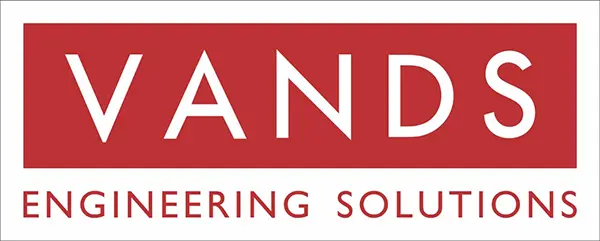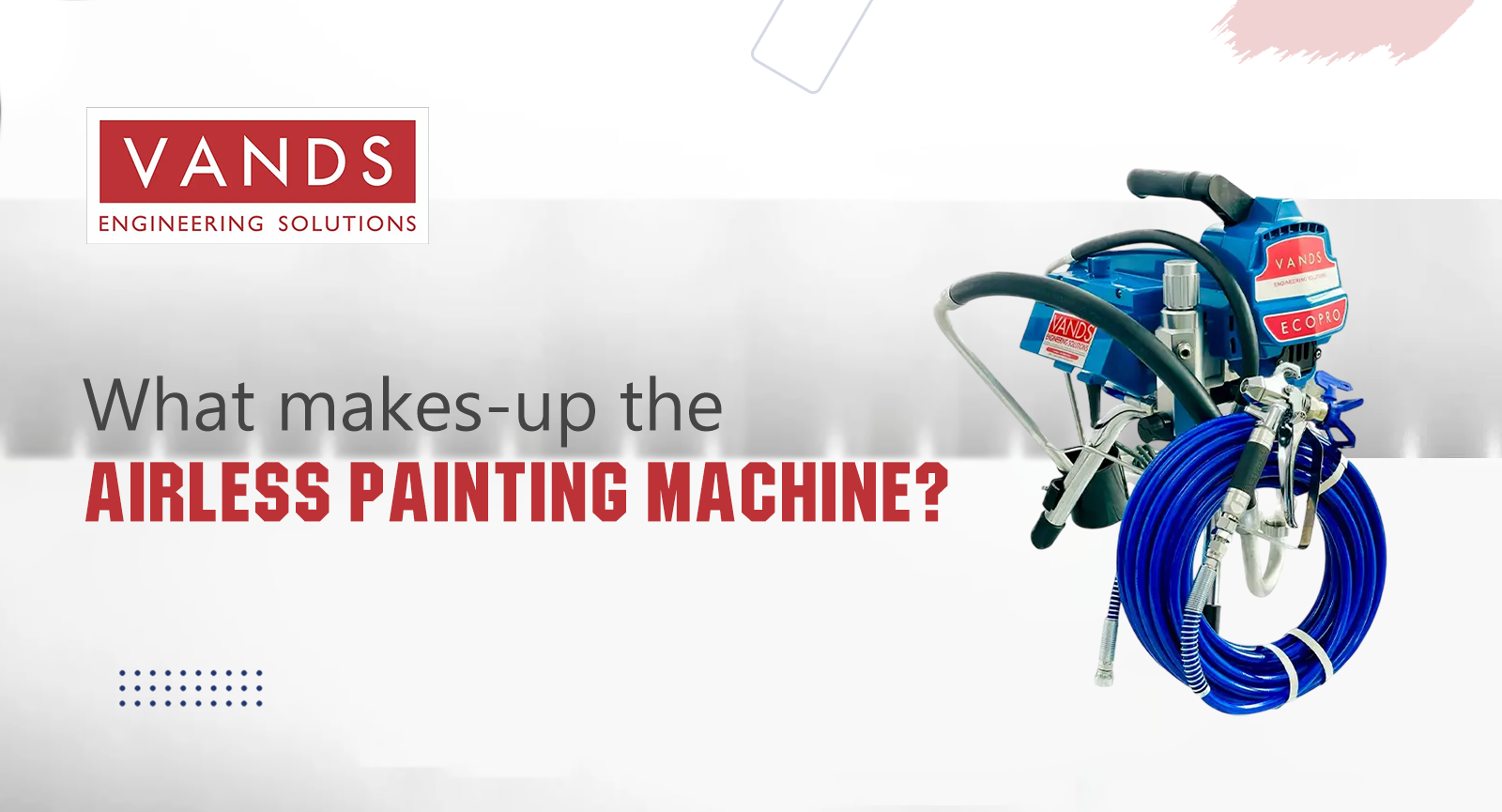A paint sprayer is a professional painter’s best buddy on the job site, allowing them to produce high-quality results rapidly. Understanding how an airless sprayer works and its primary components is critical for operating and maintaining it correctly. Knowing your equipment inside and out will help you get the most from it. In this post, we discusses the basic components of an airless painting machine and how they work together to produce a fine, high-pressure spray.
Here are the basic components of the airless painting machine:
Motor and Drive System
The motor and drive system power and move the pump. Electric airless pump motors are available in AC, DC, Brushless DC, and Universal technologies. Brushless DC motors are the most tolerant of power fluctuations on the job site, providing higher torque and maintenance-free performance. The maximum PSI and GPM increase with motor size.
Though electric motor and drive systems, which operate quietly and emit low emissions, are the most popular option, gas-powered systems, as well as some newly introduced battery-powered systems, can be useful for jobs where crews do not have access to electricity, require portability, or require sprayers to maintain a high output.
Pump
The airless pump is “the heart of the system,” since it takes in and pressurizes the coating to provide the pressure required for atomization. They are widely used on the construction site because they provide prolonged durability and can handle heavier materials.
Pressure Control
For airless painting machines, the pressure control is an important component that allows painters to modify and dial in pressure. Better pressure management allows the system to operate at a steady pressure without fluctuation, resulting in a smoother and higher-quality finish.
Hose
The fluid hose transfers paint from the pump to the spray gun. Most hoses are between 50 to 300 feet long. A longer hose gives more reach on job sites, but it requires more material to fill before spraying and may necessitate a larger pumping system.
Spray Gun
Painters may be most familiar with the airless spray gun because they use it all day. The cannon functions as an on/off valve for the coating. Because painters hold their spray guns all day, it is critical to select one that is lightweight and comfortable.
Spray Tip
Spray tips have the most influence on the finish. Tip sizes range from .006 inch (often used for stains) to .035 inch (used for smooth elastomerics). In general, when applying light viscosity coatings such as stains and lacquers, utilize spray tips with lower orifice sizes, whereas heavy viscosity coatings require spray tips with larger orifices.
To remain productive, painters must keep their tips in good shape and replace old ones on a regular basis. Worn tips waste more paint, provide uneven and irregular coverage, need additional passes, limit output, and result in a low-quality finish.
At Vands Engineering Solutions, we continue to improve on the components of the airless painting machine, so it’s critical to remain current on the most productivity-boosting releases.

Vands Shot Blasting
Vands Engineering Solutions is a company that specializes in manufacturing Airless Painting Machines in India. To provide top-notch products and services, our experienced and dedicated team utilizes the latest technology to achieve perfection.

